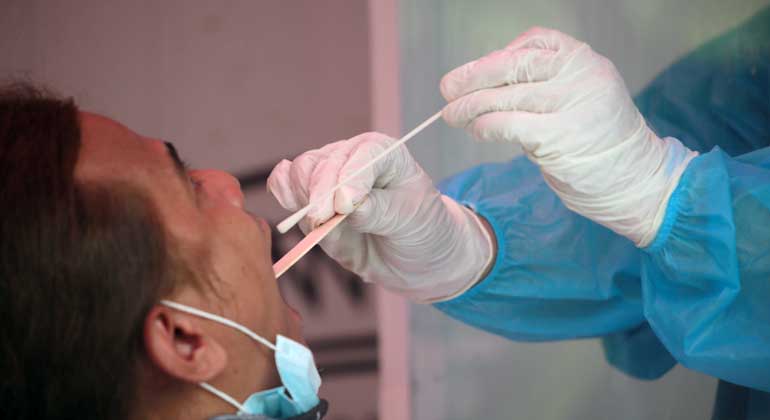
By Beatrice M. Laforga, Reporter
THE Philippine economy has to effectively contain the coronavirus disease 2019 (COVID-19) pandemic and implement more stimulus measures before it can post decent economic growth next year, an economist from the Institute of International Finance (IIF) said.
“The pace of the economic recovery will depend on how quickly the government can control the COVID-19 (pandemic), and how much stimulus they will take. I still see the Philippines becoming one of the ‘fastest-growing economies in Asia,’ because of the solid macro fundamentals and ongoing reforms,” IIF Economist Yuanliu Hu said in an e-mail on Friday.
In its latest outlook last week, the IIF projected the Philippine economy will shrink by 7.5% this year — the third deepest contraction in the region. The forecast is also worse than the government’s estimate of a 4.5-6.6% contraction.
The IIF also expects the Philippines to see a base effect-induced 7% growth in 2021, well-within the 6.5-7.5% forecast given by the country’s economic managers. However, the Philippines’ economic growth would be the fourth-slowest among seven emerging economies in the Asia and the Pacific region assessed.
Mr. Hu said the IIF projected a deeper contraction for the country because it is still having a difficult time containing the virus relative to its peers.
“The government of the Philippines is still struggling to control the pandemic, the country has the most infections in the region although a slight downturn of recent cases recently. Meanwhile, the Philippines had the longest and most stringent COVID-19 lockdown in the region, the new round of lockdown measures since early August had a huge negative impact on the economy,” he said.
As of Sunday, the Philippines had the highest number of confirmed COVID-19 cases in Southeast Asia at 339,341.
On top of this, Mr. Hu said the government’s policy support remained low.
Data compiled by the Asian Development Bank showed the Philippine government’s policy measures and programs aimed at cushioning the impact of the coronavirus pandemic reached $21.45 billion so far or 5.83% of its nominal gross domestic product.
This is the sixth smallest in Southeast Asia, just below Vietnam’s $26.5-billion package. Indonesia, which has the second-highest number of COVID-19 infections in Southeast Asia, had the biggest stimulus package at $115.775 billion
“We now only expect economic growth to become positive in the first quarter of next year,” Mr. Hu said.
The Philippines has been regarded as one of Asia’s fastest-growing economies before the pandemic struck. The Philippines was among the four countries in East Asia and the Pacific seen posting a six-percent growth this year according to the World Bank’s estimate in January.
“We have a good economy. What is happening is that this very strict quarantine is holding it back. We have to really open the economy more,” Finance Secretary Carlos G. Dominguez III said last week.
Mr. Hu warned that reimposition of lockdowns “will be the major downside risks” for the economy this year.
